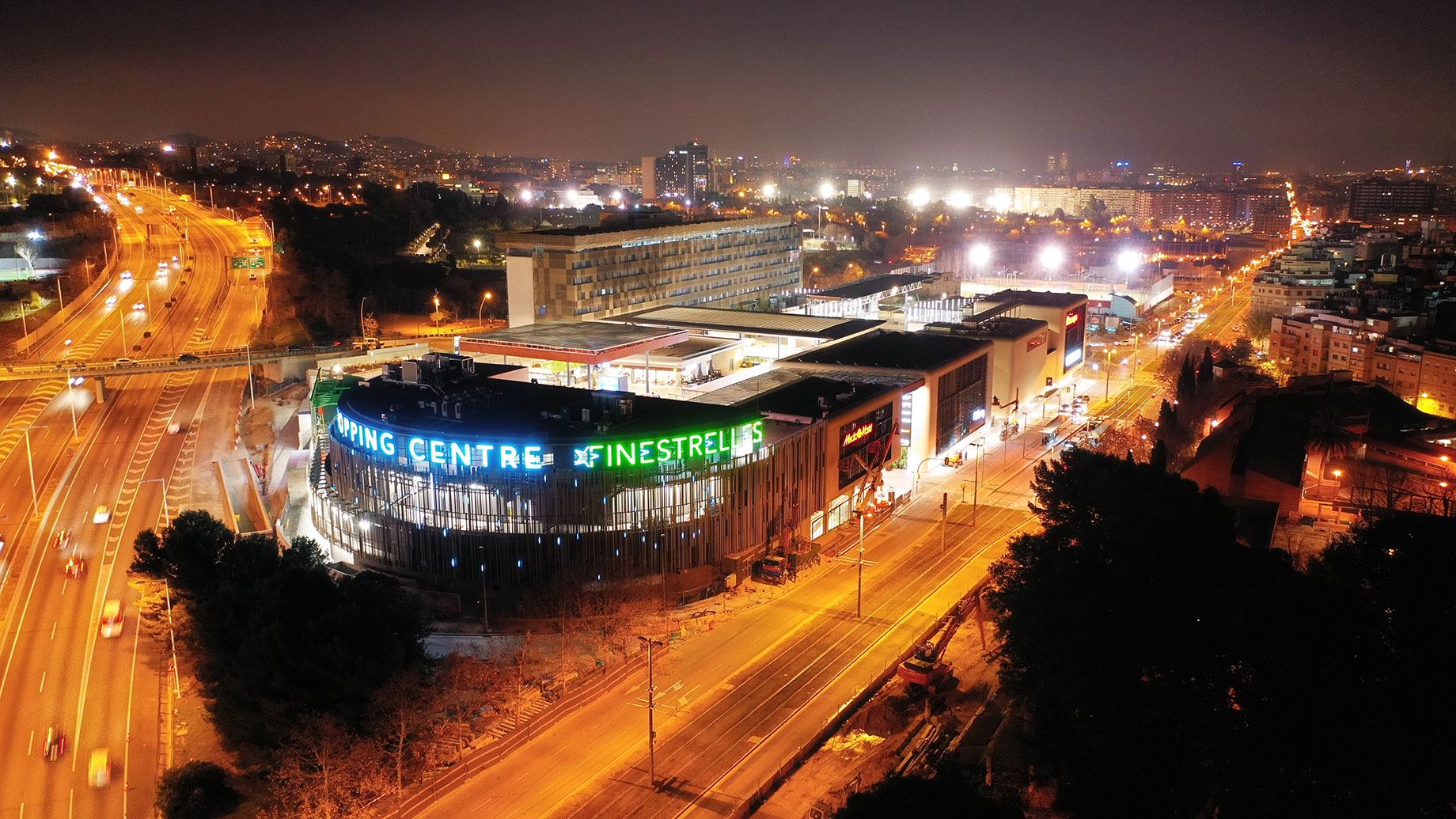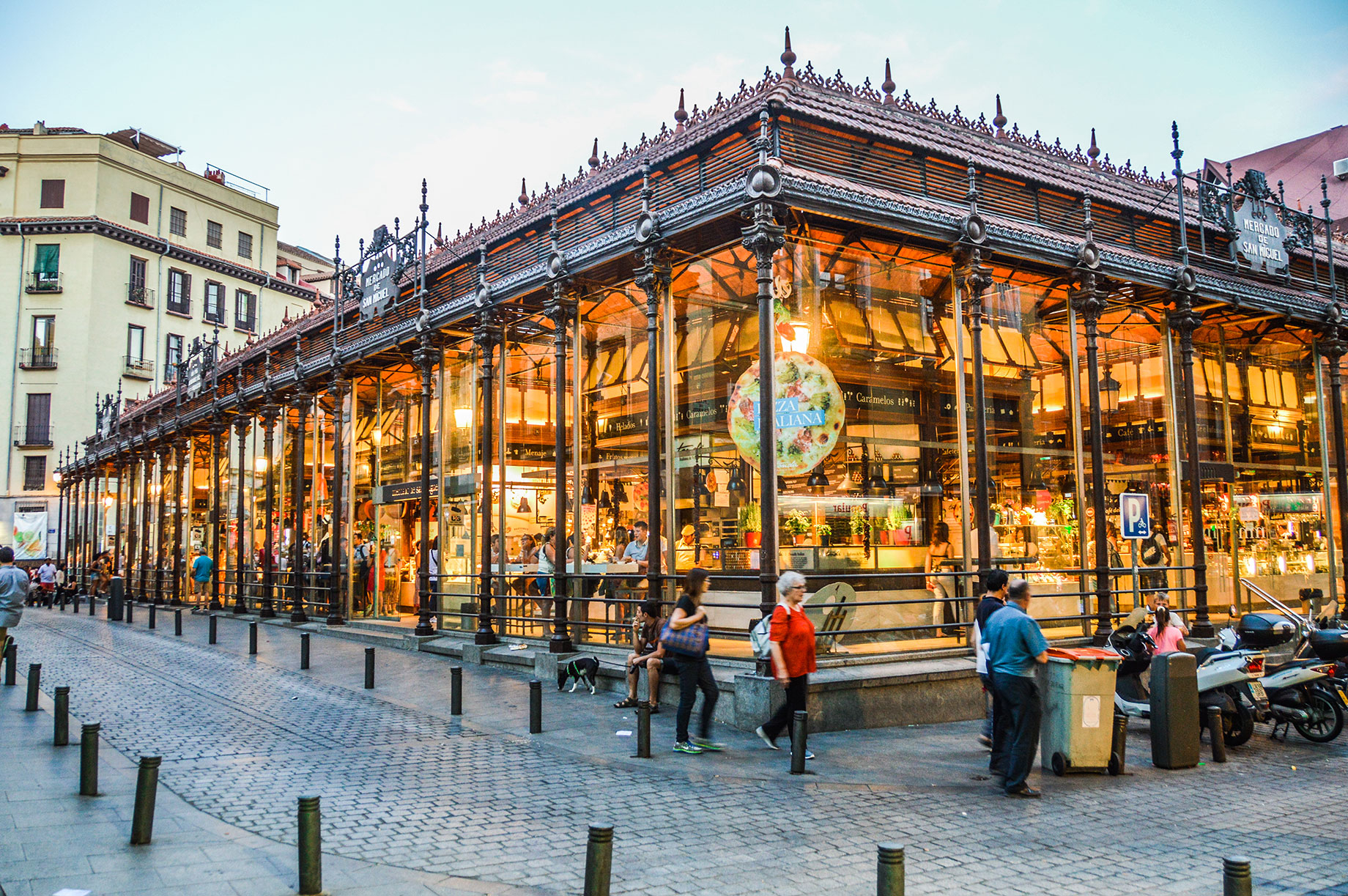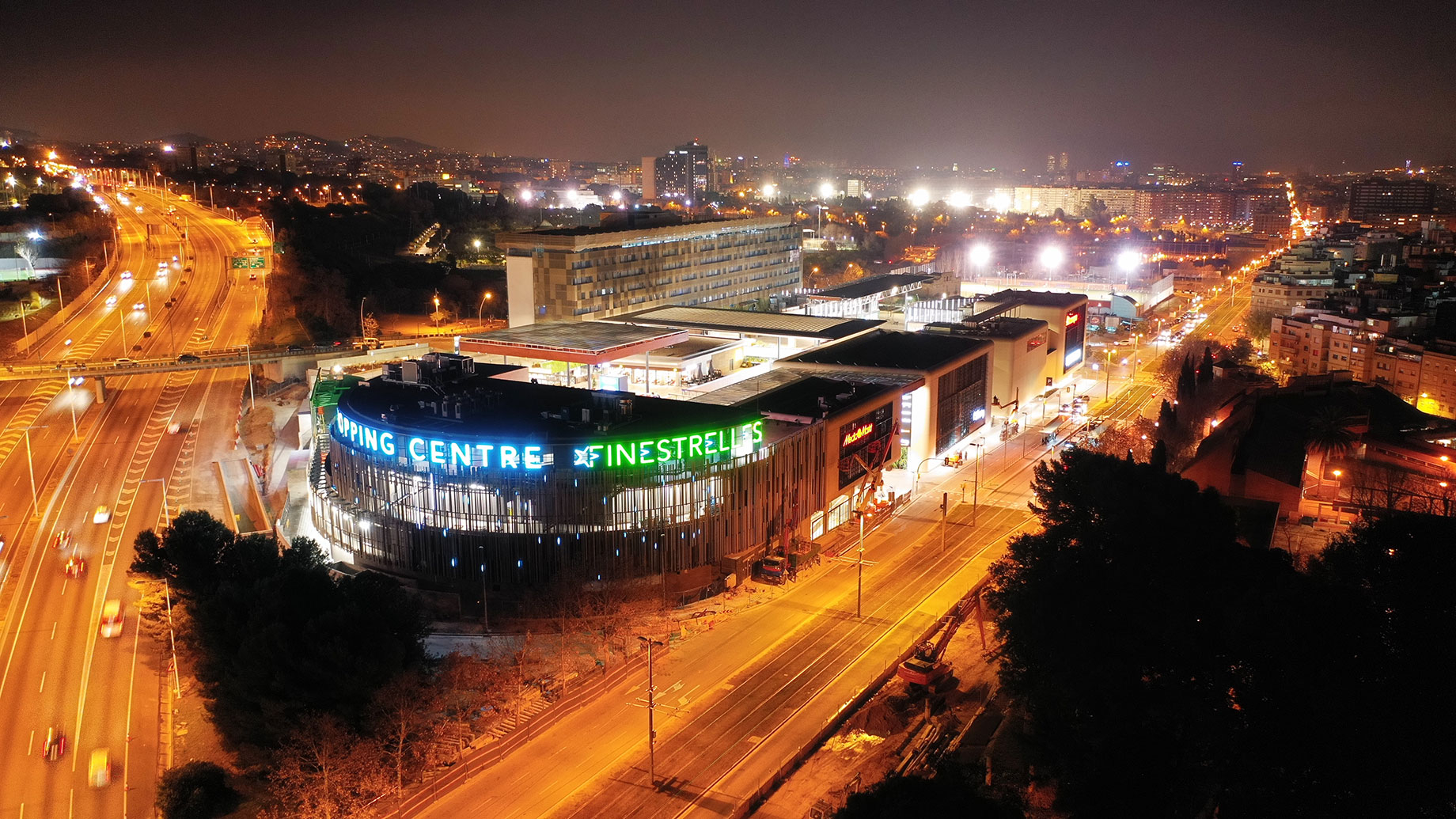After years in the doldrums, Spain’s economy continues to grow — at better than 2.5 percent for each of the past five years — with residential construction picking up, consumers spending and investors seeking prime retail centers. This is the scenario that greeted attendees at this year’s European Conference & Exhibition, in Barcelona, this week.
Prime shopping center yields now stand at about 4.5 percent, up from 4.25 percent in the third quarter of last year, and tier-1 city retail rents finished the year up by 1.2 percent, to €1,032 (about $1,160) per square meter, according to Cushman & Wakefield.
To be sure, the sun seems to be shining mainly on just one side of the street: The larger regional centers are grabbing a greater share of the market, at the expense of some of the smaller centers, which are losing tenants and foot traffic. “The gap between the good and the bad is becoming bigger,” said Gonzalo Senra, a Spain-based retail director with CBRE. Owners of smaller centers face challenging times, he says.

Finestrelles, a 100-store, 40,000-square-meter center integrated with 400 units of student housing opened in Barcelona this year
Shopping centers are revising their culinary offerings to sharpen their appeal, pivoting away from fast-food outlets and toward sit-down restaurants, says Ramiro Rodríguez, an associate director and research head with Cushman & Wakefield in Spain. And a new segment is emerging as well: restaurants offering top-shelf food at fast-food prices.
Certainly, retail property remains attractive to foreign investors, who were responsible for 90 percent of Spanish shopping center acquisitions last year, according to Cushman & Wakefield. One notable deal was Slovakian developer Peter Korbačka’s three-center deal in northern Spain. The Slovakian developer bought an 87.5 percent stake in three retail centers from Sonae Sierra and CBRE for €485 million. Those properties are GranCasa (in Zaragoza), Max Center (in Baracaldo, near Bilbao) and Valle Real (in Camargo). The agreement liquidated CBRE’s share entirely, while leaving Sonae Sierra a 12.5 percent stake and the management contract for all three properties.

San Miguel Market, Madrid
To help make smaller centers more competitive, Senra advises owners to invest in the properties, to hold onto apparel retailers by offering discounted rents, and to try filling vacancies with more food-and-beverage and leisure-time tenants. And some owners may need to consider nonretail uses, he says.
Regionally, those shopping centers located in Mediterranean coastal cities drawing lots of tourists, such as Valencia and Barcelona, performed better last year than the ones in the inland cities, according to CBRE. “Tourism has less exposure to e-commerce,” explained Senra. Indeed, tourism accounts for nearly 15 percent of the country’s GDP, and World Travel & Tourism Council analysts are predicting that by 2028, that particular slice of the economy is poised to expand by an additional 2.9 percent.
Meanwhile, changes continue along the retail front. To exploit the opportunities that omni-channel retail offers, Zara, H&M and similar apparel retailers are closing their smaller stores — those measuring between 80 and 150 square meters — in favor of larger, splashier regional flagships measuring about 600 square meters. This is because the latter are better equipped to handle click-and-collect sales and online returns, according to Rodríguez. Moreover, notes Senra, these flagship stores tend to boost the shopper’s average purchase by as much as 25 percent.
And big-box sports apparel stores, for their part, are moving downtown, snapping up the large spaces vacated by major retailers. The likes of Adidas, Decathlon and Nike are taking advantage of declining central-city rents even as the Spanish consumer’s tastes in clothing undergo change, observes Senra. “People are dressing more and more casually,” he said. “Sports fashions are doing well.”

A branch of celebrated department-store chain El Cortes Ingles, in Barcelona
As Spain’s second-largest city and a major tourist destination, Barcelona — population 1.6 million, with 4.5 million in the catchment area — should by rights enjoy at least one-third more retail space than it does. But strict regional laws have constrained development.
Although Catalonia, the city’s province, is home to 16 percent of Spain’s population and generates about 20 percent of Spain’s GDP, it has only 9 percent of the gross leasable retail space, according to CBRE statistics. Retail density in Barcelona itself is 233 square meters per 1,000 people, versus the national average of 333 square meters per 1,000. This is good news for people who own Barcelona retail centers, however, because it has kept retail demand there relatively higher than in the rest of Spain.
The main development in the Barcelona metro area this year was Finestrelles, a 100-store, 40,000-square-meter center integrated with 400 units of student housing. Located in the suburb of Esplugues de Llobregat, this €120 million (about $135 million) center opened in the fourth quarter of last year being 98 percent occupied. Among its tenants are H&M, Mango and Zara.
“The tenants were really enthusiastic, as the local demand was high and all studies emphasized a lack of retail offer in this area,” said a representative for Equilis, the Belgian real estate firm that owns the mall. Equilis is predicting that it will get 8 million visitors the first year, an impressive number for the market, given that Spain is a country of about 46.5 million. Equilis strategists also see a lot to like in Barcelona. “It’s a strategic city for qualitative and well-sized shopping centers, considering the population living there, the level of revenues and the commercial density,” the Equilis representative said.
Last year some investors worried that a political crisis between the national government in Madrid and some Catalonian separatists could threaten the regional economy, but those concerns seem to have receded for now. “In political terms, that problem hasn’t been sorted out,” said Gonzalo Senra, a retail director with CBRE in Spain, “but I think everybody is thinking that it won’t be a reality in the future, and that there will be a solution that makes sense at some point.”
By Bennett Voyles
Contributor, Shopping Centers Today


